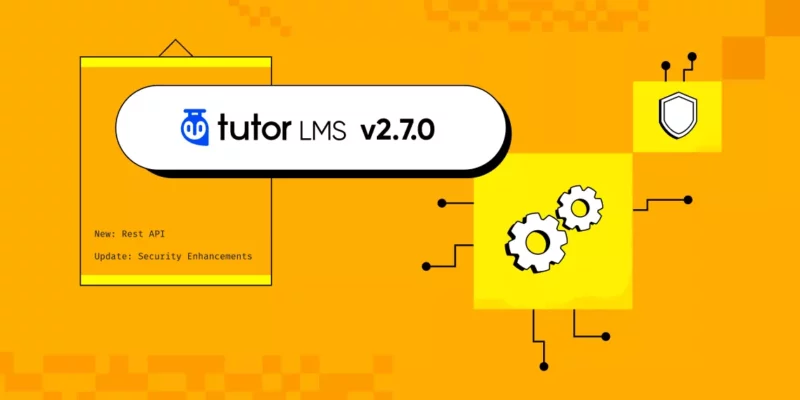The world of education is undergoing through a significant shift with the rise of eLearning. It literally breaks most of the barriers to our traditional education. From microlearning to flexibility, eLearning offers the most accessible learning opportunities for everyone.
Despite its widespread popularity, there are still some myths about this innovative approach to learning. These myths prevent individuals from embracing the full potentiality of eLearning. But, now it’s time to set the record straight and debunk these myths once and for all.
In this blog post, we will debunk some of the biggest myths about eLearning and explain why they are not true. So, Let’s dive in and separate fact from fiction!
Myths About eLearning and Why They’re Not True
After thorough research, we’ve listed the 10 most popular misconceptions about eLearning. Here is the list of top myths and the facts.
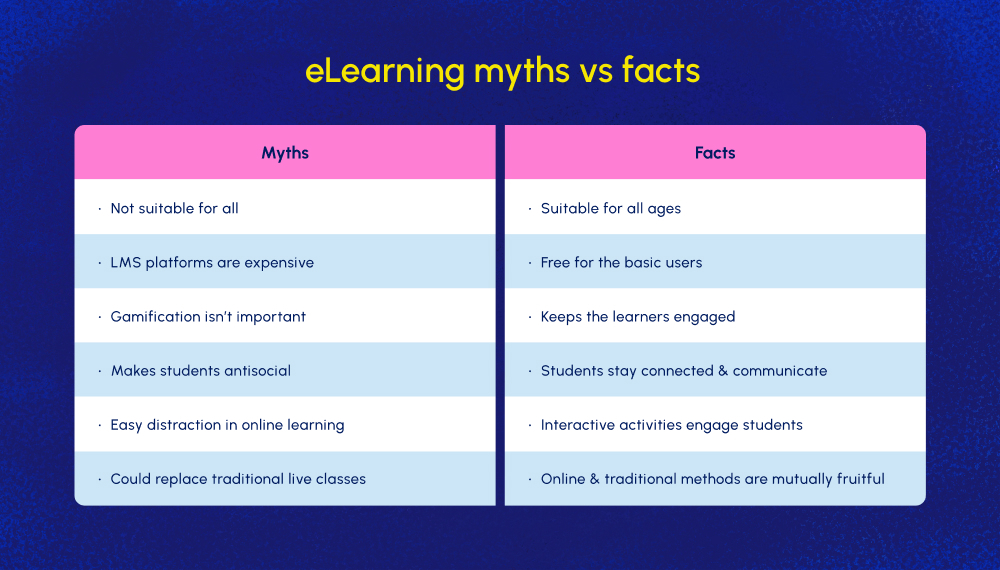
Now it’s time to explain all of those myths. Let’s start.
Myth 1: elearning Is Not Compatible With All Types of Learners
In general, there are four different types of learning styles: visual, auditory, reading/writing, and kinesthetic learning style. Different learner prefers different learning styles. There’s a common perception that most people are just born with a preferred learning style.
But, the American Psychological Association (APA) opposes this concept. They researched all of those learning styles and published a press release about them. According to that press release, learning styles aren’t constant. The same person can learn different topics using different learning styles.
For example, an infographic might be useful for presenting statistics, but interactive videos are more effective for tutorials. However, implementing multiple learning styles in the traditional learning style is pretty onerous.
On the other hand, we can easily implement different learning styles on the eLearning platforms. So, it doesn’t matter which one is your preferred learning style, you can use all of those using an eLearning platform. It makes the eLearning the most suitable learning method for everyone. Thus, we can say that eLearning is compatible with every learner.
Myth 2: LMS Platforms Are Expensive
Another common misconception about LMS platforms is the cost. But we’ll suggest you check the price before believing this myth. Most of the LMS plugins are pretty affordable. Even, lots of those are actually available for free. For example, you can use Tutor LMS to develop an eLearning platform for free!
Even if you want to purchase the full version, it still won’t cost a lot. Let’s have a look at the pricing plan of Tutor LMS Pro:
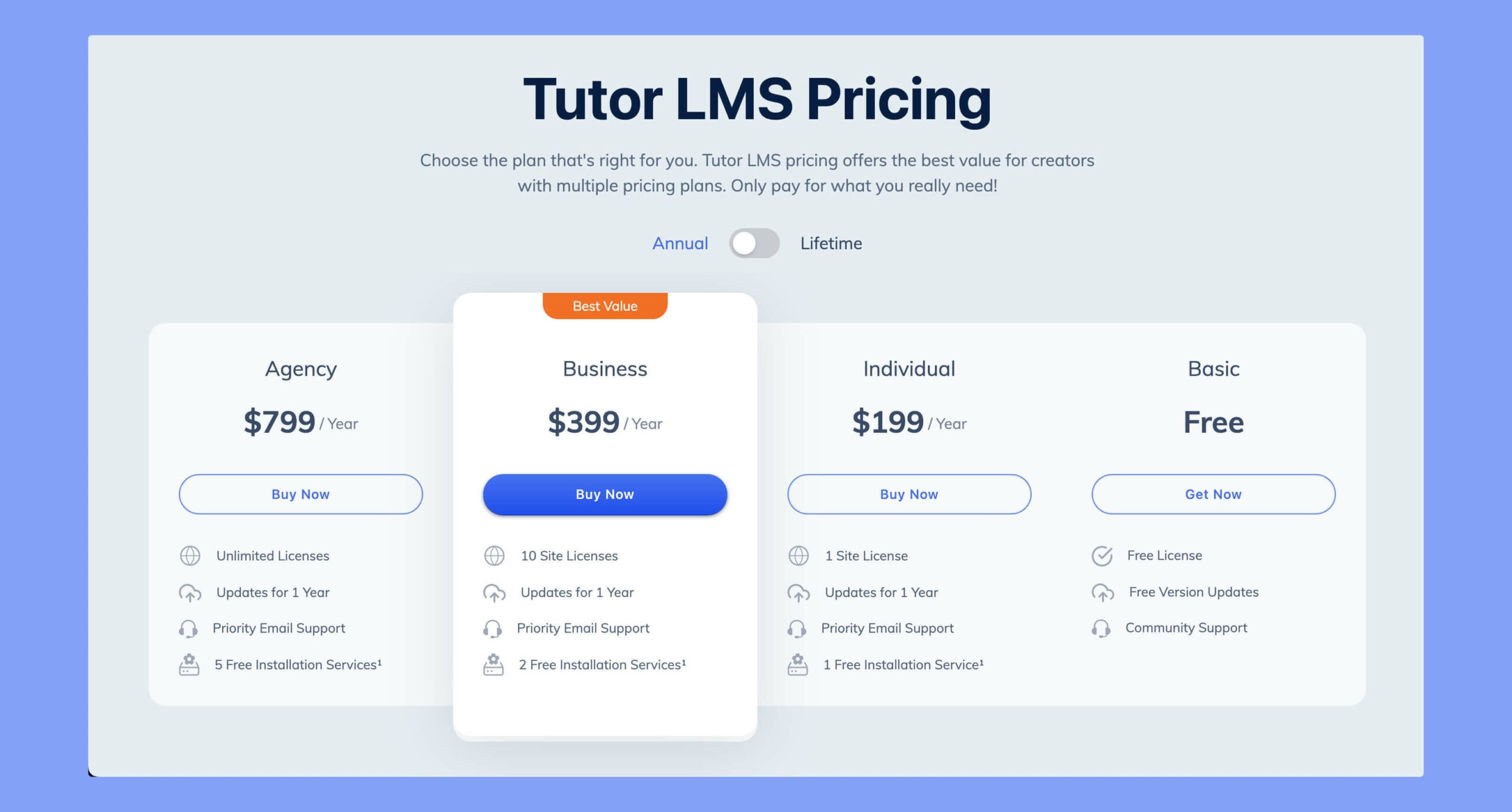
As you can see, Tutor LMS costs only $199 per year for a single website and $799 per year for unlimited websites. However, you don’t need to pay extra charges to get specific addons. You’ll get all of the addons, premium features, and future updates by purchasing a pro plan.
By the way, the cost of an LMS plugin should be considered in the context of its long-term benefits and potential cost savings. An LMS can make administrative tasks easier, automate multiple LMS tasks, centralize learning materials, leading to increased efficiency, and lower operational costs.
Moreover, the eLearning method is completely virtual. Thus you don’t need to pay for the physical infrastructure, print materials, or other resources. You can save lots of bucks only by converting your traditional physical classroom to an eLearning platform. So, the overall cost for your learning platform is reducing drastically.
Myth 3: It Is a Learning System for the Millennials
Some people still believe that eLearning is only meant for millennials. Well, we can’t directly oppose this statement. Because there’s a pretty good reason behind this belief. This belief became prevalent due to the surge in online learning during the COVID-19 pandemic.
Many students turned to online platforms for their educational needs during the COVID era. According to the Coursera Impact Report 2021, the total number of enrolled students doubled in 2020.
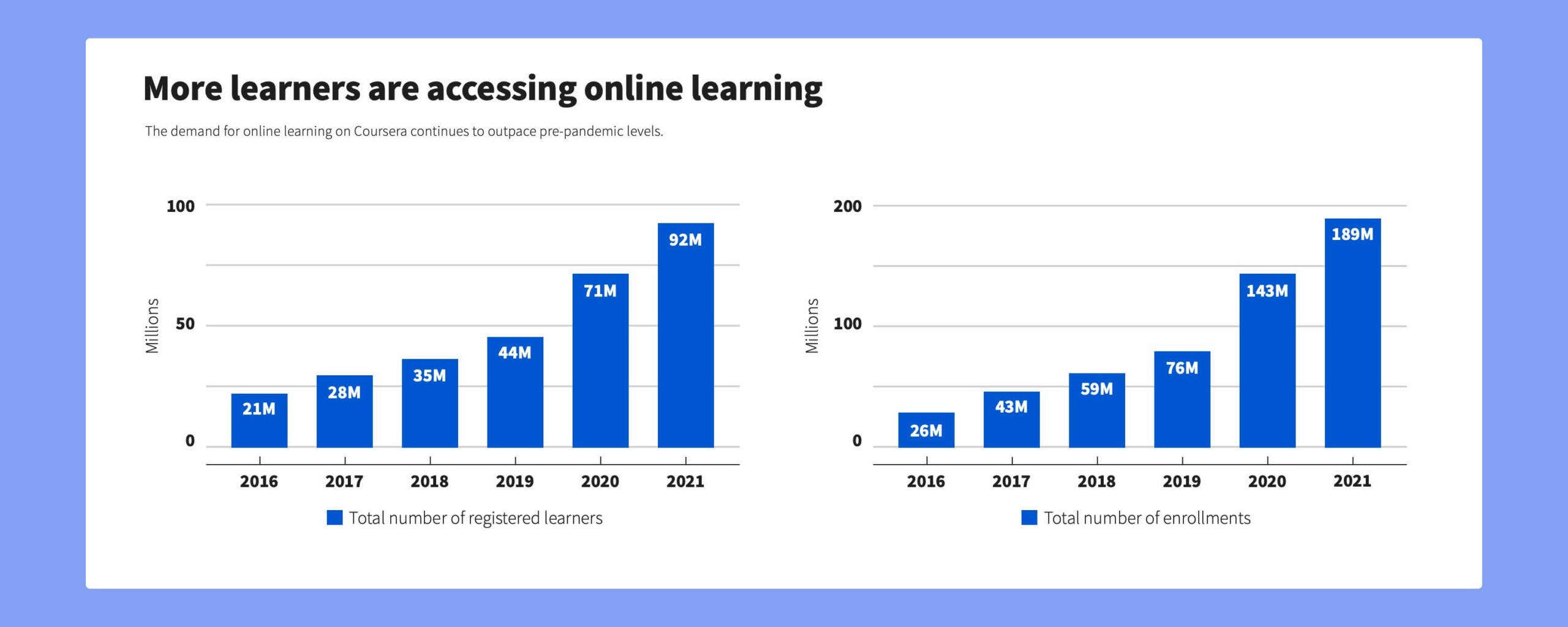
As most of the enrolled students are millennials, that’s why this misconception arises. As millennials are more familiar with digital technology, it’s easier for them to adapt to eLearning. But, it is important to recognize that eLearning is not limited to this age group.
People of all ages can benefit from the flexibility, accessibility, and convenience that eLearning offers. Even older adults can engage in eLearning to gain new skills, pursue personal interests, or stay updated on their professional fields.
They can access online courses, webinars, and virtual classrooms from the comfort of their homes. It enables them to continue learning and growing at their own pace. Thus we can clearly state that eLearning is suitable for everyone.
Myth 4: Gamification Isn’t Important
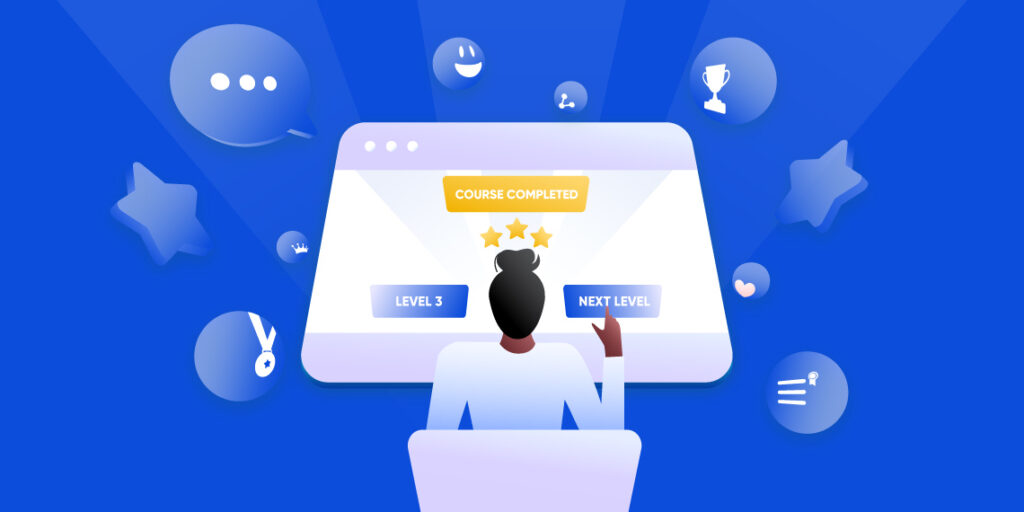
Gamification is one of the most valuable and effective approaches in eLearning that can enhance learner engagement, motivation, and overall learning outcomes. It incorporates game elements into non-game contexts like educational activities.
The gamification-supported elements are points, leaderboards, badges, rewards, challenges, etc. Implementing all of these elements makes the eLearning content interactive and enjoyable.
These elements naturally tap into our innate desire for achievement, competition, and rewards. It helps the users to sustain motivation and interest throughout the whole learning journey.
Moreover, gamification has the potential to enhance knowledge retention and application. The interactive nature of games allows learners to apply their knowledge in simulated scenarios. There they can solve problems by making critical decisions within a safe learning environment. It reinforces learning and helps learners to apply their knowledge and skills to real-life situations.
Myth 5: eLearning Is Killing the Classroom
eLearning has gained prominence and popularity in recent years. But it does not render the classroom obsolete. Instead, eLearning and the traditional classroom can coexist and mutually benefit learners in multiple ways.
For example, online learning saves time, offers flexibility, personalized learning content, etc. It allows the students to access their educational lectures from anywhere and anytime. This type of flexibility and accessibility improves the overall learning experience for every student.
Besides, almost all online students are connected through social media platforms and conduct required interactions. This is almost similar to their physical interactions in the classroom. Even lots of instructors are implementing blended learning in their courses. Thus they can offer the best learning experience to the students while preserving the interactive and interpersonal aspects of the classroom.
Myth 6: Flashy Graphics Are Essential for Engagement
Flshy graphics are visually appealing. There’s no doubt about that. But, these graphics are not essential for engagement in eLearning. In reality, engagement in eLearning courses is determined by a combination of factors. For example, interactive course design, content relevancy, instructional course design, etc.
Effective instructional design focuses on creating meaningful learning experiences rather than solely relying on visual appeal. The activities like problem-solving, critical thinking, etc engage the learners more than flashy graphics. So, try to incorporate real-life scenarios, case studies, simulations, etc to engage the learners even more.
Even though visually appealing graphics can enhance the learning experience, we should not overshadow it. Too much flashy content will distract the learners from the main learning objectives. So, strike a balance between aesthetics and instructional effectiveness and ensure a proper learning experience for the students.
Myth 7: Millennial Learners Only Prefer Videos
The Social Science Research Network has found that 65% of our total general population are visual learners. It proves that visual learning methods aka videos are undoubtedly one of the most interactive methods of eLearning.
But the fact is, videos are not millennials’ only preferred learning method. Instead of that, millennials have diverse learning preferences. A research by BioMed Central published that 83% of their total blended students actually prefer the blended learning approach.
It clearly proves that the idea that millennial learners only like videos is not true. They have different preferences when it comes to learning. Even though videos are the most preferable one, it’s not the only choice. Many of them like interactive eLearning modules and gamification. So, offering a variety of strategies will help ensure effective learning for this generation.
Myth 8: eLearning Makes the Students Antisocial
The belief that eLearning makes students antisocial is simply a myth. The main reason behind this belief is eLearning reduces face-to-face engagement, physical interactions, and other social activities. That’s why a few people thought that eLearning inherited the antisocial behavior among the students. But, that’s not true at all!
On the contrary, eLearning does give the learners an opportunity to be independent in terms of learning. They can collaborate with fellow students via social platforms, virtual chatrooms, etc. All of these activities actually foster social interaction and collaboration among students. In fact, a research paper by ResearchGate published that students are recommending eLearning for future students. Here’s their overall response:
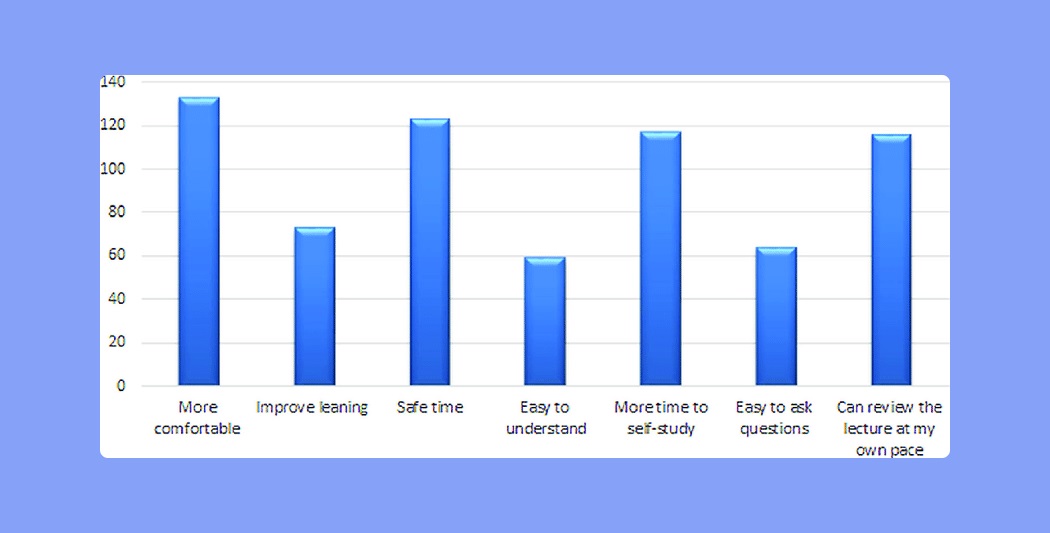
So, it is important to recognize the potential of eLearning to enhance social learning experiences and debunk the misconception that it makes students antisocial.
Myth 9: Learners Have the Attention Span of a Goldfish
The myth about learners having the attention span of a goldfish has been widely circulated. However, it is an oversimplification and does not accurately reflect the reality of learners’ attention spans.
Well, it’s true that the attention span of the millennials and Gen-Z is pretty low. But, it can be influenced by multiple factors. In terms of online classes, the attention span mostly depends on personal interest, the learning environment, and the nature of the content. If the lessons are designed accordingly, students will definitely love them and stay attentive.
Myth 10: eLearning Will Replace Live Trainers
The last but not the least myth is that eLearning will completely replace live trainers. Even though online learning has gained popularity in recent years, live trainers still play a crucial role in the learning process. They offer unique benefits that cannot be replicated by online platforms alone.
Some benefits of live trainers are:
- Personalized guidance and support
- Immediate feedback
- Enhanced engagement and collaboration
- An interactive and dynamic learning environment
- Facilitation of discussions and real-time question answering
- Ability to adapt teaching methods based on individual needs, etc.
This type of human interaction enhances the learning experience and allows for deeper comprehension and collaboration. In contrast, eLearning platforms may lack the personal touch and individualized attention that live trainers can provide.
The solution to this problem is implementing blended learning in our online platforms. A combination of eLearning and live trainers produces better learning outcomes, improves performance, and leads to higher student satisfaction.
In short, while eLearning offers numerous benefits, it cannot replace the valuable contributions of live trainers. The combination of both approaches can create a powerful and effective learning experience for students.
Conclusion
Debunking the biggest myths surrounding eLearning is essential for promoting its true potential. By dispelling these myths, we can embrace eLearning as a valuable and versatile educational method that transcends physical boundaries.
As technology continues to advance, eLearning has become increasingly accessible to everyone. It allows the students to learn anything, anytime, and anywhere. Furthermore, eLearning has proven its adaptability during challenging times, such as the COVID-19 pandemic, where it served as a lifeline for education continuity.
Hopefully, people will stop believing these myths and embrace eLearning to reshape the future of education.


